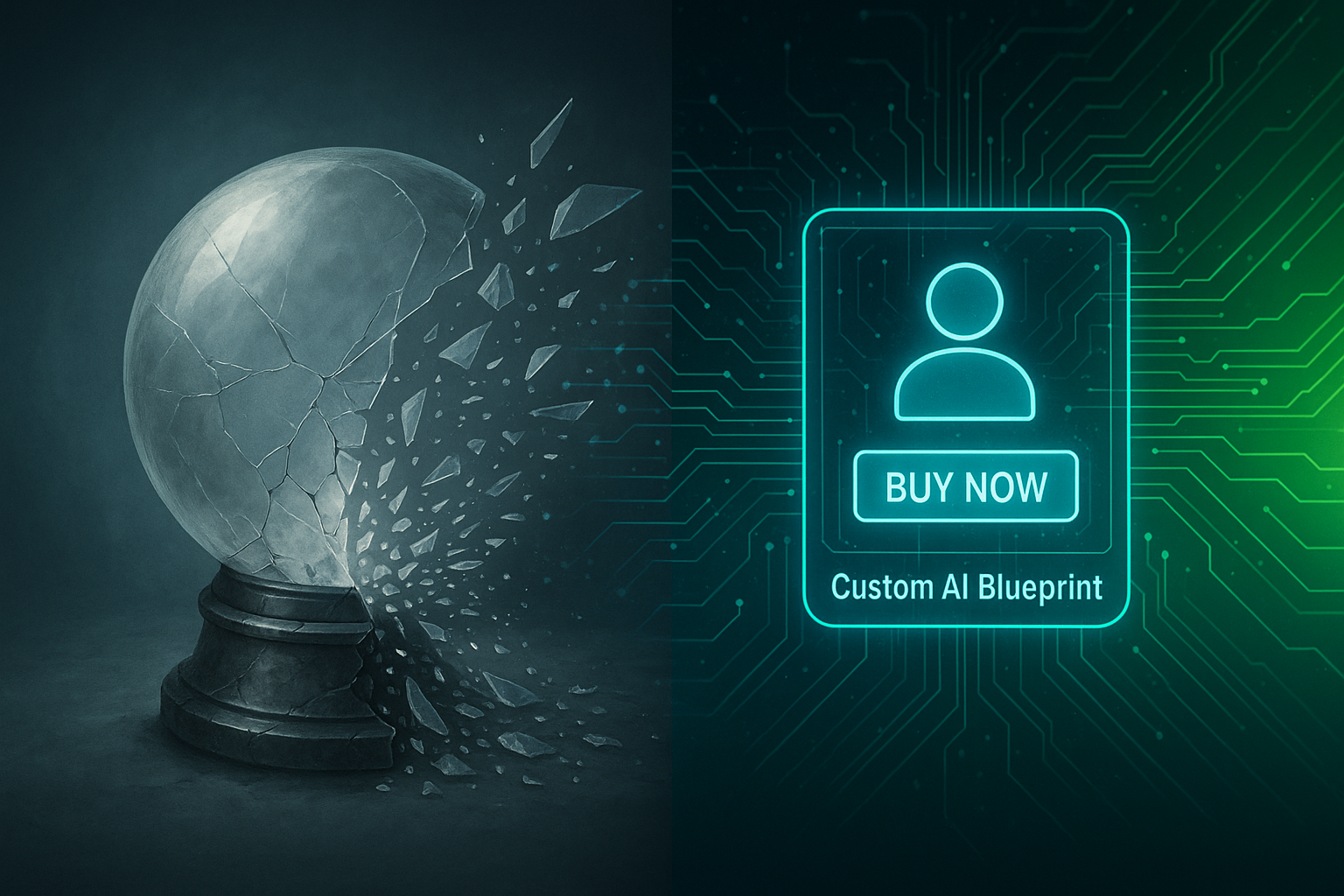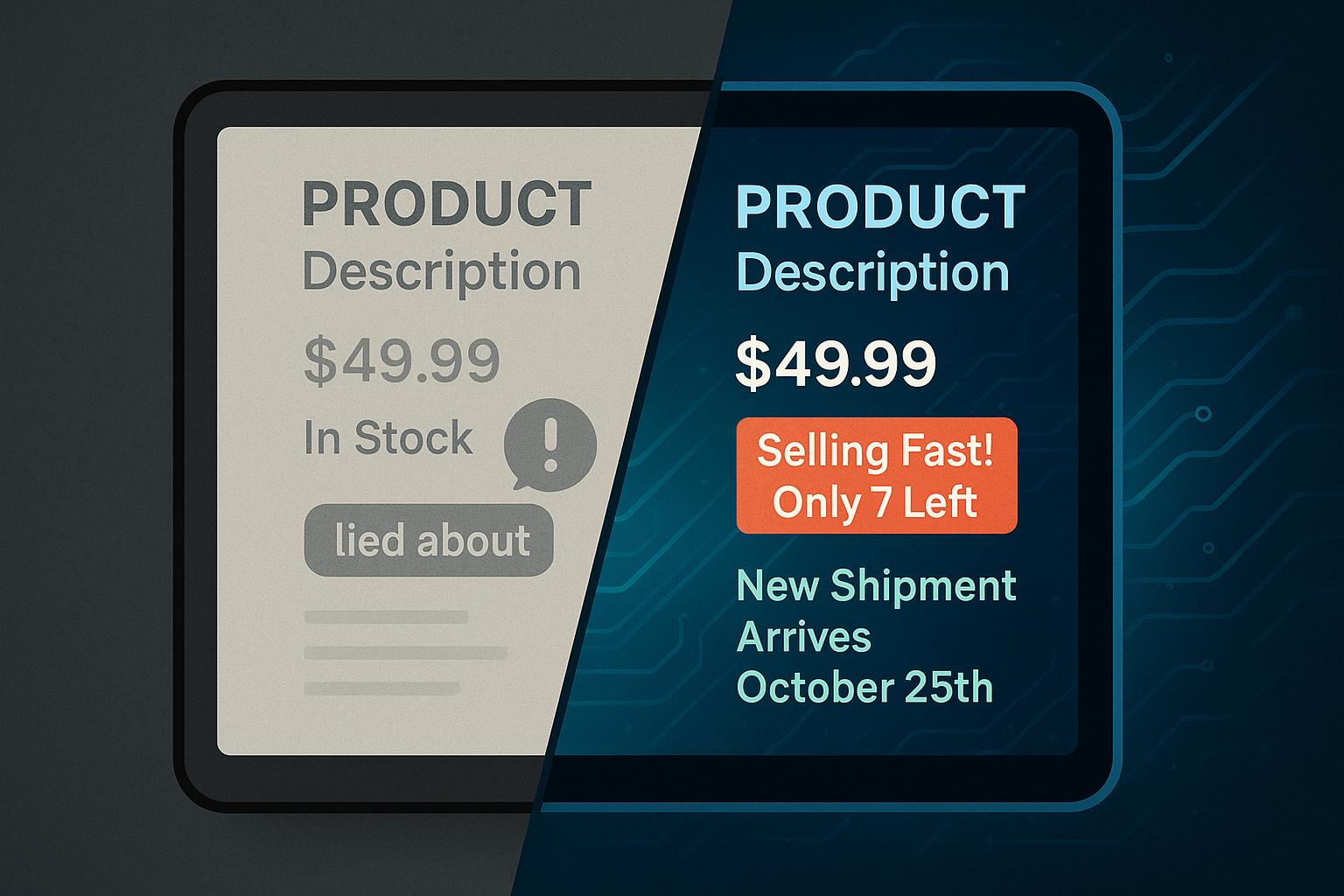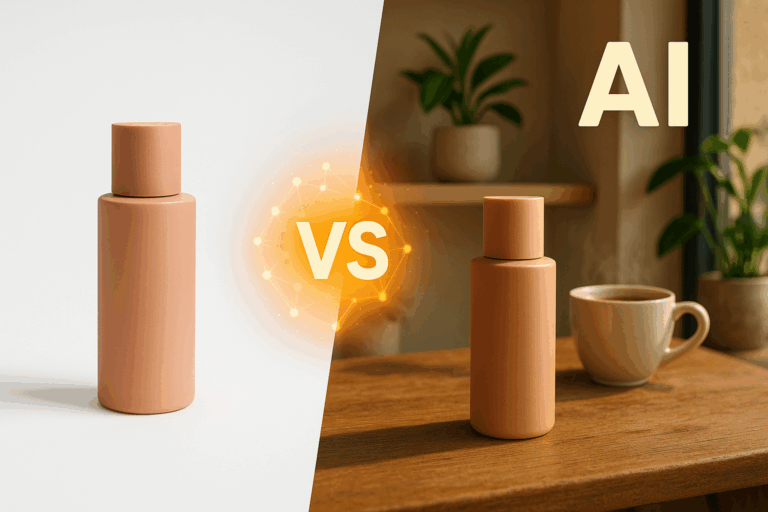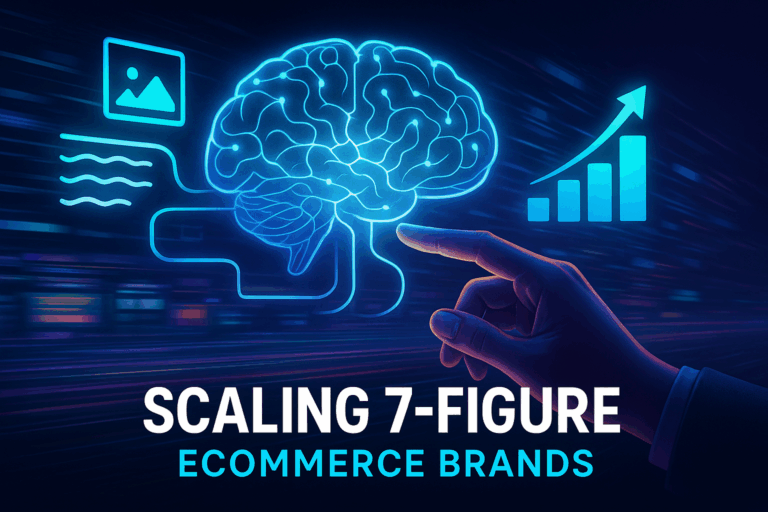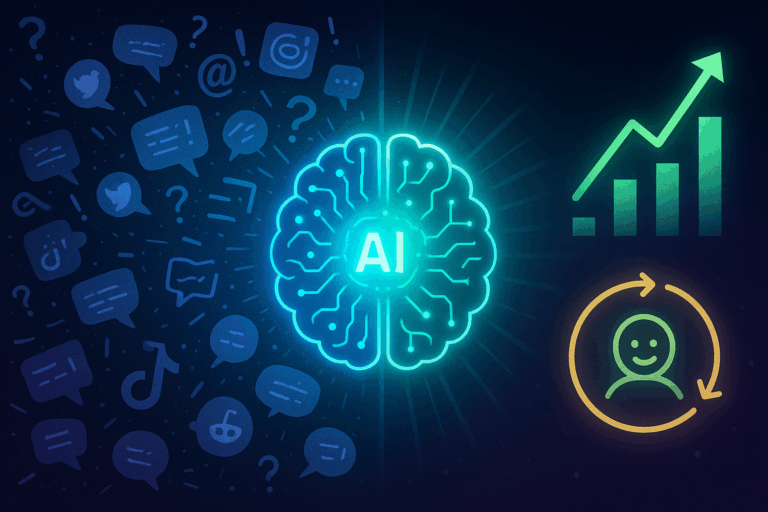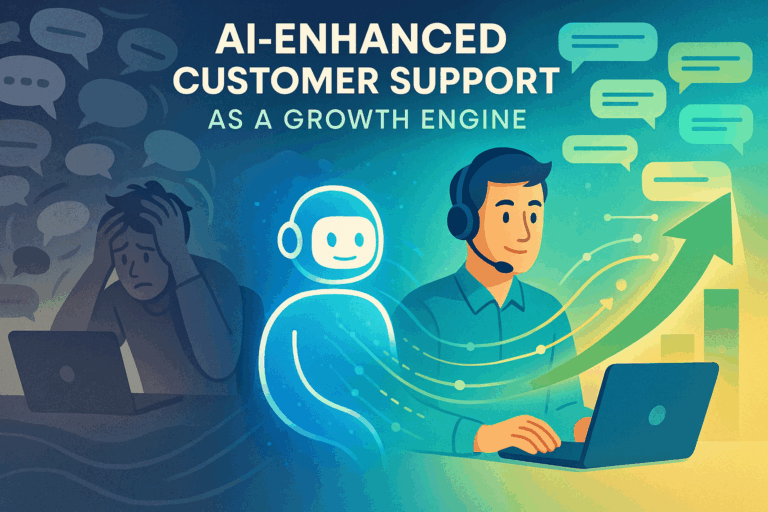Every ecommerce brand asks the same question: “Who is ready to buy right now?” You spend a fortune on ads, hoping to catch customers at the perfect moment. But what if you could stop guessing and start knowing? What if you could anticipate your customer’s next move before they even make it?
This isn’t a fantasy; it’s the reality of predictive analytics. By analyzing the digital footprints customers leave behind, brands can forecast future buying behavior with startling accuracy. However, a critical misunderstanding is costing businesses dearly. Many are turning to generic, “off-the-shelf” AI tools, expecting Amazon-level insights, only to get lackluster results.
The truth is, effective prediction isn’t about having a crystal ball—it’s about having a custom-built blueprint that understands the unique DNA of your business.
What Is Predictive Analytics in Ecommerce?
At its core, predictive analytics uses your existing data to make educated guesses about the future. It’s the engine that powers everything from Netflix’s show recommendations to your credit score.
In ecommerce, it works by feeding historical data into AI models that identify patterns. These models then use those patterns to forecast future outcomes. The key ingredients are:
- Historical Purchase Data: Who bought what, when, and for how much? This reveals your most valuable products and customer segments.
- Browsing Behavior: What pages do users visit? How long do they stay? What do they add to their cart, even if they abandon it? These are powerful clues about intent.
- Demographic & Firmographic Signals: Information like location, age, or past engagement with marketing campaigns helps build a richer customer profile.
Think of it like a detective. A single clue might not mean much, but by piecing together dozens of small data points, a clear picture of a customer’s intent begins to emerge.
The Critical Divide: Why “Off-the-Shelf” AI Tools Miss the Mark
The market is flooded with one-click AI solutions promising to predict customer behavior. The problem? They are fundamentally limited. Relying on a generic tool to understand your unique customers is like asking a tourist for directions in your own hometown. They can give you a general idea, but they don’t know the shortcuts, the traffic patterns, or the best local spots.
Here’s where these off-the-shelf solutions fall short:
- They Lack Specificity: A generic model might know that customers who view three products are likely to buy. But it doesn’t know that for your brand, customers who read a specific blog post and then view two particular products convert 90% of the time. This nuance is where the real profit lies.
- Inaccurate Lead Scoring: Generic tools might label a lead “warm” because they opened an email. A custom model, however, can assign a precise probability score—like “87% chance of purchasing within 48 hours”—by weighing dozens of your business-specific signals.
- Wasted Ad Spend: Without accurate scoring, you end up treating all “warm” leads the same. This means you’re wasting money showing expensive ads to users with low actual intent and under-spending on those who are on the verge of buying.
These tools offer a simplified version of prediction, but they can’t deliver the surgical precision needed to gain a true competitive advantage.
The Power of Custom AI: True Foresight for Your Brand
True predictive power doesn’t come from a plug-and-play widget. It comes from custom-built models that are trained exclusively on your data and tailored to your specific business goals. This is where you move from basic analytics to genuine foresight.
This level of precision is achieved through custom-built ai agent solutions that act as dedicated forecasters for your business. Instead of broad predictions, you get highly specific, actionable intelligence.
How Custom Models Drive Results
- Identify High-Probability Buyers: Custom AI can analyze the complex journeys of your best customers and find new audiences that mirror their behavior with incredible accuracy. It goes beyond simple demographics to find prospects based on intent signals, allowing you to tailor acquisition strategies that attract buyers, not just browsers.
- Score Leads with Precision: A custom lead-scoring model can instantly tell you which visitors are “just looking” versus those who are “ready to buy.” This allows you to focus your marketing budget on the highest-potential customers, whether through retargeting ads, personalized emails, or special offers.
- Predict Churn Risk Before It Happens: By recognizing subtle shifts in behavior—like decreased login frequency or viewing cancellation pages—a custom model can flag at-risk customers long before they leave. This gives you a crucial window to intervene with a retention campaign and save a valuable relationship.
Putting It Into Practice: Real-World Wins from Custom Prediction
The difference between a generic and a custom approach isn’t theoretical. It shows up directly on the bottom line.
Scenario 1:
Instead of chasing every passerby, they used machine learning to score visitor intent and only retargeted the most likely buyers. Case studies like Velocidi’s show that focusing on “likely-to-buy” audiences delivers up to 6.9x ROAS compared to broad retargeting . In similar campaigns, brands maintained ad spend but redirected dollars at the top 20% of high-intent users, producing ROAS lifts in the 6x neighborhood.
Takeaway: It’s not about spending more—it’s about pointing the firehose at people who are actually thirsty.
Scenario 2:
Predictive models segmented abandoners into buckets:
- Price-sensitive shoppers got a timely coupon.
- Distracted-but-interested shoppers got a simple reminder.
This isn’t just theory—Metrical helped JCPenney cut abandonment by 18% and lift revenue by 10%+ with AI-driven cart flows , and Unific reports cart recovery rates up to 40% when recovery programs personalize incentives . Real-world lifts vary, but a 30–40% improvement in recovery is a documented range.
Takeaway: Not every cart abandoner is the same. Some need a nudge, some need a deal. AI helps tell them apart.
Your Roadmap to Smarter Forecasting
Transitioning to a predictive strategy doesn’t require you to become a data scientist overnight. It starts with asking the right questions.
- Audit Your Data: What information are you already collecting? Look at your Google Analytics, your Shopify or BigCommerce backend, and your email marketing platform. You’re likely sitting on a treasure trove of predictive data.
- Define Your Goal: What is the single most important outcome you want to predict? Is it preventing churn? Identifying your next VIP customer? Or improving ad efficiency? A clear goal is the foundation of a successful strategy.
- Evaluate Your Tools: Look at the analytics tools you’re currently using. Are they giving you generic, high-level summaries, or are they providing deep, actionable insights specific to your business? If your insights feel shallow, it might be time to explore a more tailored approach.
Predictive analytics is no longer a luxury reserved for giants like Amazon and Netflix. It’s becoming table stakes for any ecommerce brand serious about growth. But the key is to move beyond the hype of one-size-fits-all solutions and embrace a custom strategy that sees your business for what it is: unique.
Frequently Asked Questions (FAQ)
What’s the difference between predictive and descriptive analytics?
Descriptive analytics tells you what happened in the past (e.g., “We sold 500 units last month”). Predictive analytics uses that past data to tell you what is likely to happen in the future (e.g., “We are on track to sell 650 units next month, primarily to customers in California”).
Do I need to be a data scientist to use this?
No. While building custom models from scratch requires deep expertise, modern solutions and expert partners handle the complex data science for you. Your job is to understand your business goals and use the insights the models provide to make smarter decisions.
How much data do I need to get started?
It varies, but you don’t necessarily need massive datasets. A few thousand customer records and a year of sales and website data are often enough to build meaningful initial models. The quality and consistency of your data are more important than sheer volume.
Is predictive analytics only for big companies?
Not anymore. While large enterprises were early adopters, the technology and expertise are now accessible to high-growth, 7-figure ecommerce brands. Custom solutions are designed to provide a competitive edge, regardless of size, by making every marketing dollar work smarter.

